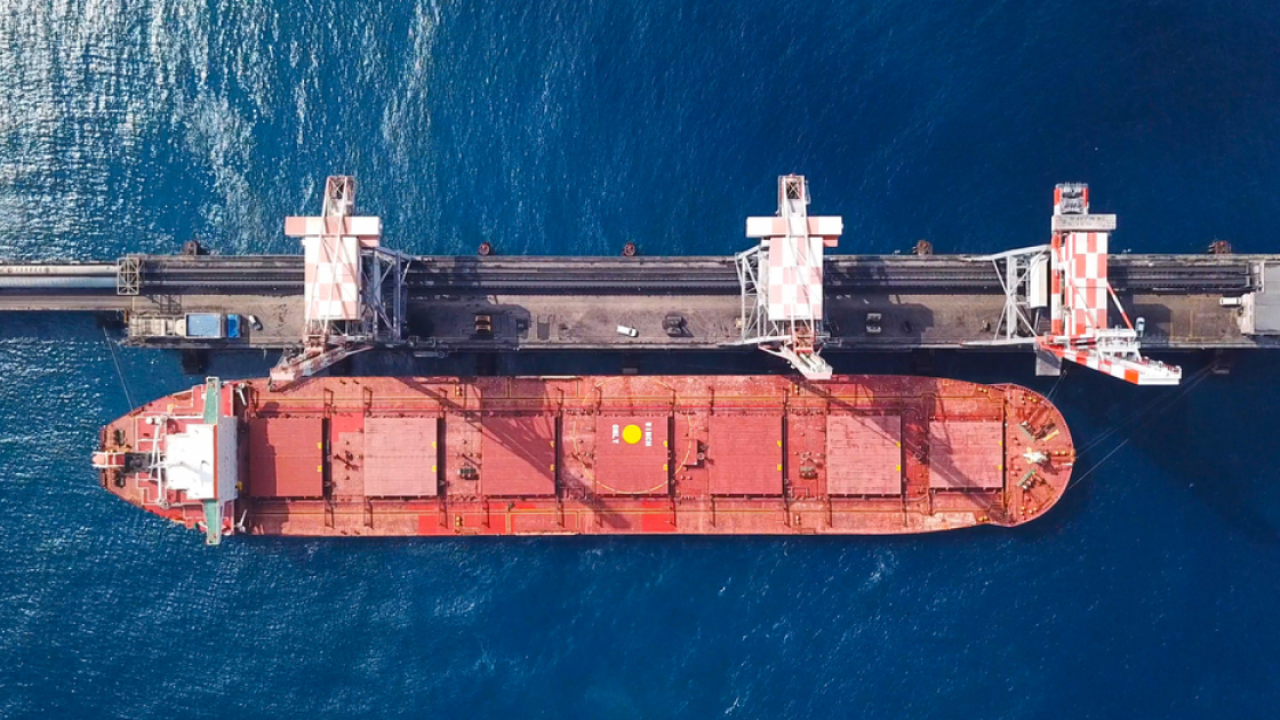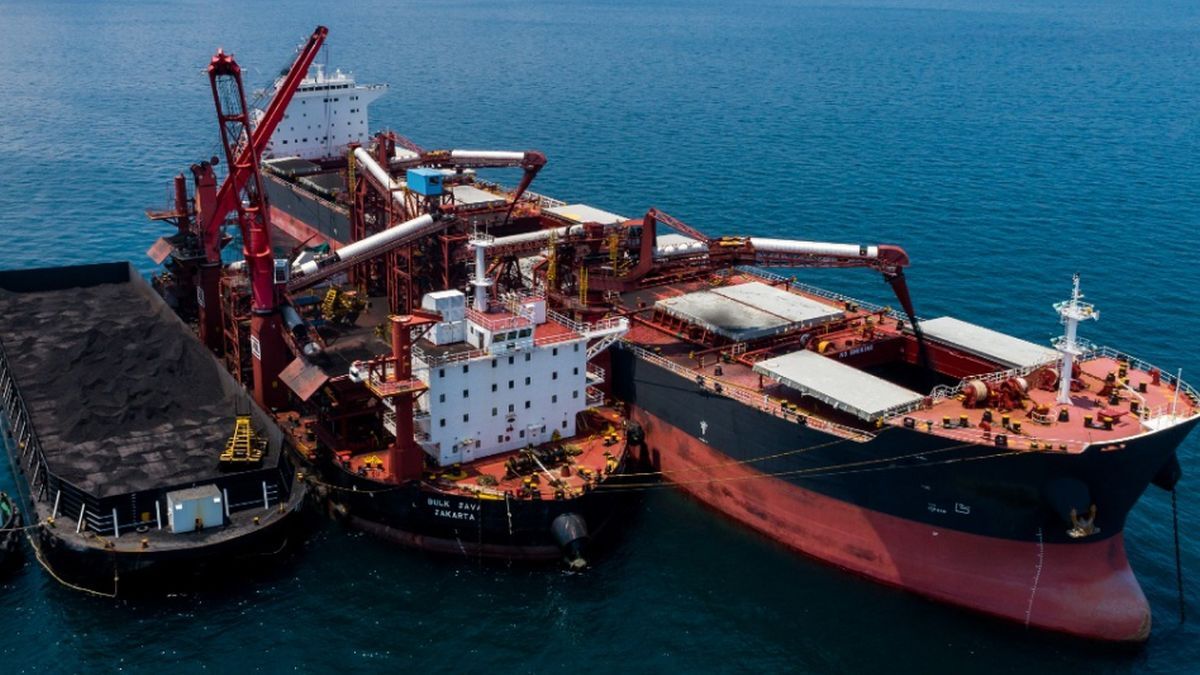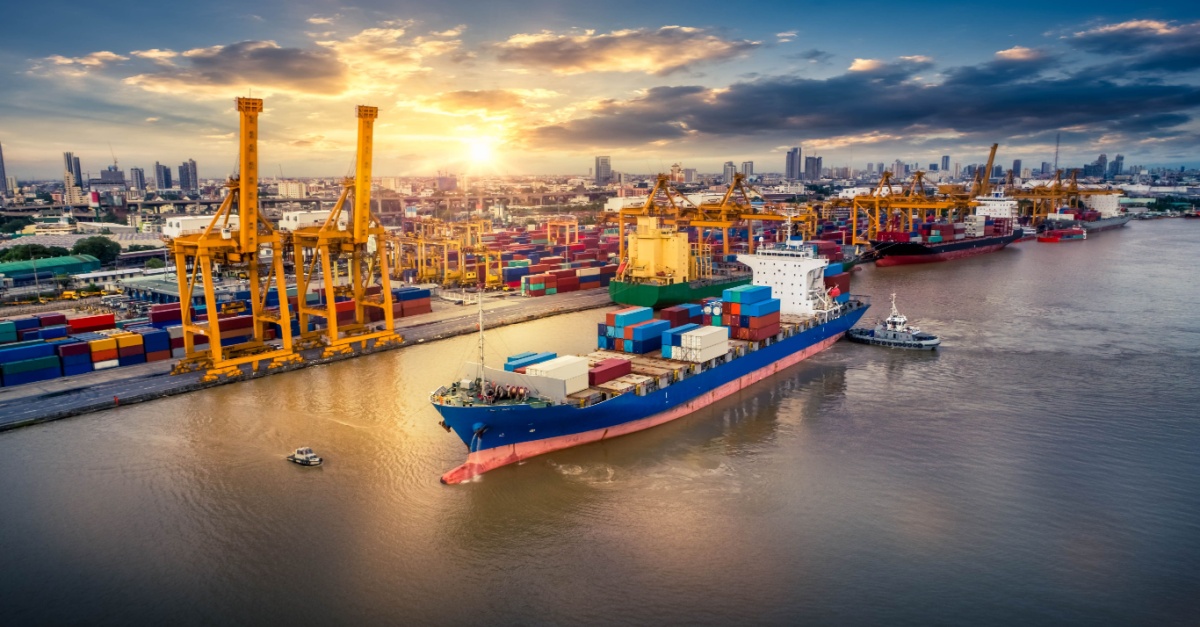In the fast-paced world of international trade, businesses face numerous challenges, from navigating complex regulations to overcoming logistical hurdles. For traders, particularly those operating in regions affected by sanctions or geopolitical restrictions, finding efficient and cost-effective ways to move goods across borders is critical. This is where transshipment comes into play—a strategic logistics solution that enables seamless global trade by transferring cargo from one vessel to another at an intermediate port without formally entering the intermediary country’s customs system.
Transshipment is more than just a workaround; it’s a powerful tool that enhances flexibility, reduces costs, and mitigates risks in supply chains. Whether you’re a small business owner or a seasoned importer/exporter, understanding transshipment can unlock new opportunities for your operations. In this comprehensive guide, we’ll explore what transshipment is, its benefits, how it differs from similar processes like cross-stuffing, and why it’s a game-changer for traders, particularly those in regions like Iran facing trade restrictions. By the end of this article, you’ll have a clear roadmap to leverage transshipment for smarter, more efficient international trade.
What is Transshipment?
Transshipment is a logistics process in international trade where goods are transferred from one mode of transportation (usually a ship) to another at an intermediary port before reaching their final destination. Unlike direct shipping, where cargo travels from the origin to the destination without interruption, transshipment involves a stop at a hub port—such as Jebel Ali in Dubai or Singapore—where the cargo is offloaded and reloaded onto a different vessel or transport mode.
This process is particularly useful when direct shipping routes are unavailable, impractical, or restricted due to sanctions, geopolitical issues, or logistical constraints. For example, a shipment from Iran to Europe might be transshipped through a port like Jebel Ali to bypass trade barriers or optimize shipping routes.
How Transshipment Works
- Origin Port: The cargo is loaded onto the initial vessel at the port of origin.
- Intermediate Port: The cargo arrives at a transshipment hub, where it is offloaded and temporarily stored without entering the customs clearance process of the intermediary country.
- Onward Journey: The cargo is then loaded onto another vessel or transport mode to continue its journey to the final destination.
This process is seamless when handled by experienced logistics providers, ensuring minimal delays and compliance with international regulations.
Why Transshipment Matters
Transshipment is a cornerstone of global trade, enabling businesses to:
- Access markets that are otherwise restricted due to sanctions or trade barriers.
- Optimize shipping routes to reduce costs and transit times.
- Leverage major hub ports with advanced infrastructure for efficient cargo handling.
For traders in countries like Iran, transshipment is often a lifeline, allowing them to maintain trade flows despite geopolitical challenges.
The Benefits of Transshipment in International Trade
Transshipment offers a range of advantages that make it an indispensable strategy for businesses engaged in global commerce. Below, we dive into the key benefits, with a focus on how they apply to traders navigating complex markets.
۱. Overcoming Trade Restrictions and Sanctions
For businesses in regions affected by sanctions, such as Iran, transshipment provides a legal and efficient way to bypass restrictions. By routing shipments through neutral hubs like Jebel Ali or Singapore, traders can avoid direct trade with restricted destinations while still reaching their target markets. This ensures compliance with international regulations while maintaining business continuity.
۲. Cost Savings Through Optimized Routes
Transshipment allows businesses to take advantage of economies of scale by consolidating cargo at major hub ports. Instead of using smaller, less efficient vessels for direct routes, traders can leverage larger, more cost-effective ships that service high-traffic routes. This can significantly reduce shipping costs, especially for long-haul shipments.
۳. Reduced Transit Times
While transshipment involves an additional stop, it can actually shorten overall transit times by utilizing well-connected hub ports. These ports often have frequent sailings and advanced logistics infrastructure, enabling faster onward transport compared to direct routes with limited schedules.
۴. Flexibility in Logistics Planning
Transshipment offers unparalleled flexibility, allowing traders to adapt to changing market conditions, port availability, or shipping schedules. For example, if a direct route is disrupted due to weather or geopolitical issues, transshipment provides an alternative pathway to keep goods moving.
۵. Risk Mitigation
By diversifying shipping routes and avoiding direct transit through high-risk regions, transshipment reduces exposure to political, economic, or logistical disruptions. Additionally, hub ports often have robust security and handling procedures, minimizing the risk of cargo damage or loss.
Transshipment vs. Cross-Stuffing: Key Differences
A common point of confusion in logistics is the difference between transshipment and cross-stuffing. While both processes involve handling cargo at an intermediary point, they serve distinct purposes and involve different procedures. Understanding these differences is crucial for choosing the right strategy for your trade needs.
What is Cross-Stuffing?
Cross-stuffing refers to the process of transferring cargo from one container to another at an intermediary port or warehouse. Unlike transshipment, which involves moving entire containers between vessels, cross-stuffing involves opening containers, rearranging or repacking goods, and loading them into new containers.
Key Differences
| Aspect | Transshipment | Cross-Stuffing |
|---|---|---|
| Process | Transfer of entire containers between vessels | Transfer of goods between containers |
| Customs Involvement | Minimal; cargo doesn’t enter customs | May require customs inspection or clearance |
| Time | Faster, as containers remain sealed | Slower, due to repacking and handling |
| Cost | Generally lower | Higher due to labor and equipment costs |
| Use Case | Bypassing trade restrictions, optimizing routes | Repacking for compliance or different vessels |
When to Choose Transshipment Over Cross-Stuffing
Transshipment is typically preferred when:
- Speed and efficiency are priorities.
- Cargo needs to remain sealed to avoid customs scrutiny.
- The goal is to bypass trade restrictions without altering the cargo.
Cross-stuffing, on the other hand, is better suited for scenarios where cargo needs to be repackaged, consolidated, or adjusted to meet specific requirements, such as different container sizes or regulatory standards.
Transshipment for Iranian Traders: A Strategic Advantage
For Iranian businesses, transshipment is more than a logistical tool—it’s a strategic necessity. Sanctions and trade restrictions often make direct shipping to certain markets challenging or impossible. Transshipment provides a workaround by routing goods through neutral hubs, ensuring compliance while maintaining access to global markets.
Why Transshipment is Critical for Iran
- Navigating Sanctions: By using transshipment hubs like Jebel Ali, Iranian traders can avoid direct trade with restricted countries, reducing the risk of penalties or shipment seizures.
- Access to Global Markets: Transshipment enables Iranian businesses to reach customers in Europe, Asia, and beyond, even when direct routes are unavailable.
- Cost-Effective Logistics: Hub ports in the region, such as those in the UAE or Singapore, offer competitive shipping rates and frequent sailings, making transshipment a cost-effective solution.
Popular Transshipment Hubs for Iranian Traders
- Jebel Ali (Dubai, UAE): One of the world’s largest and most efficient ports, Jebel Ali is a preferred hub for Iranian traders due to its proximity, advanced infrastructure, and neutral status.
- Singapore: A major global transshipment hub, Singapore offers connectivity to Asia, Europe, and the Americas, making it ideal for long-haul shipments.
- Port Klang (Malaysia): Known for its efficiency and strategic location, Port Klang is another popular choice for transshipment in Asia.
Case Study: Transshipment in Action
Consider an Iranian exporter shipping textiles to Europe. Direct shipping might be restricted due to sanctions or lack of direct routes. By transshipping through Jebel Ali, the exporter can load the cargo onto a vessel bound for Dubai, where it is transferred to a Europe-bound ship. The cargo remains sealed, avoids customs delays, and reaches its destination efficiently, all while complying with international regulations.
How to Implement Transshipment in Your Business
Integrating transshipment into your trade operations requires careful planning and coordination. Below are the steps to ensure a smooth and successful transshipment process.
Step 1: Choose the Right Transshipment Hub
Select a hub port based on:
- Proximity: Closer ports reduce transit times Coordinates with the final destination.
- Infrastructure: Ensure the port has the capacity to handle your cargo type and volume.
- Connectivity: Choose a hub with frequent sailings to your destination.
Step 2: Partner with a Reliable Freight Forwarder
A reputable freight forwarder with experience in transshipment can:
- Coordinate logistics between ports.
- Ensure compliance with international regulations.
- Provide real-time tracking and updates.
Step 3: Understand Documentation Requirements
While transshipment typically avoids customs clearance at the intermediary port, you’ll still need key documents, such as:
- Bill of Lading (BOL)
- Commercial Invoice
- Packing List
- Certificate of Origin
Ensure all documents are accurate to avoid delays.
Step 4: Monitor and Track Shipments
Use tracking tools provided by your freight forwarder or shipping line to monitor your cargo’s journey. This ensures transparency and allows you to address any issues promptly.
Step 5: Plan for Contingencies
Geopolitical changes, weather disruptions, or port congestion can affect transshipment. Have backup plans, such as alternative hubs or routes, to maintain supply chain resilience.
Challenges and How to Overcome Them
While transshipment offers numerous benefits, it’s not without challenges. Here’s how to address common issues:
۱. Delays at Hub Ports
Challenge: Congestion or inefficiencies at transshipment hubs can delay shipments.
Solution: Choose well-established hubs with a track record of efficiency, such as Jebel Ali or Singapore. Work with experienced logistics providers to anticipate and mitigate delays.
۲. Increased Complexity
Challenge: Coordinating multiple vessels and ports adds complexity to logistics planning.
Solution: Leverage technology, such as supply chain management software, to streamline coordination and communication.
۳. Risk of Cargo Damage
Challenge: Handling cargo at an intermediary port increases the risk of damage or loss.
Solution: Ensure proper packaging and work with reputable carriers that prioritize cargo safety.
The Future of Transshipment in Global Trade
As global trade continues to evolve, transshipment is poised to play an even larger role. Emerging trends, such as the growth of mega-ports, advancements in automation, and the increasing use of digital logistics platforms, are making transshipment faster, more efficient, and more accessible. For businesses in regions like Iran, these developments offer new opportunities to expand their reach and compete in the global marketplace.
Additionally, as sustainability becomes a priority, transshipment can contribute to greener supply chains by optimizing routes and reducing fuel consumption through the use of larger, more efficient vessels.
Conclusion
Transshipment is a powerful tool for businesses navigating the complexities of international trade. By leveraging strategic hub ports, traders can overcome sanctions, reduce costs, and improve supply chain efficiency. For Iranian businesses, transshipment is particularly valuable, offering a legal and effective way to access global markets despite trade restrictions.
Whether you’re a small exporter or a large-scale importer, understanding and implementing transshipment can transform your logistics strategy. By choosing the right hubs, partnering with reliable freight forwarders, and staying informed about global trade trends, you can harness the full potential of transshipment to drive growth and success.
Ready to take your trade operations to the next level? Start exploring transshipment options today and unlock the benefits of smarter, more efficient international logistics.












نظرات ۰